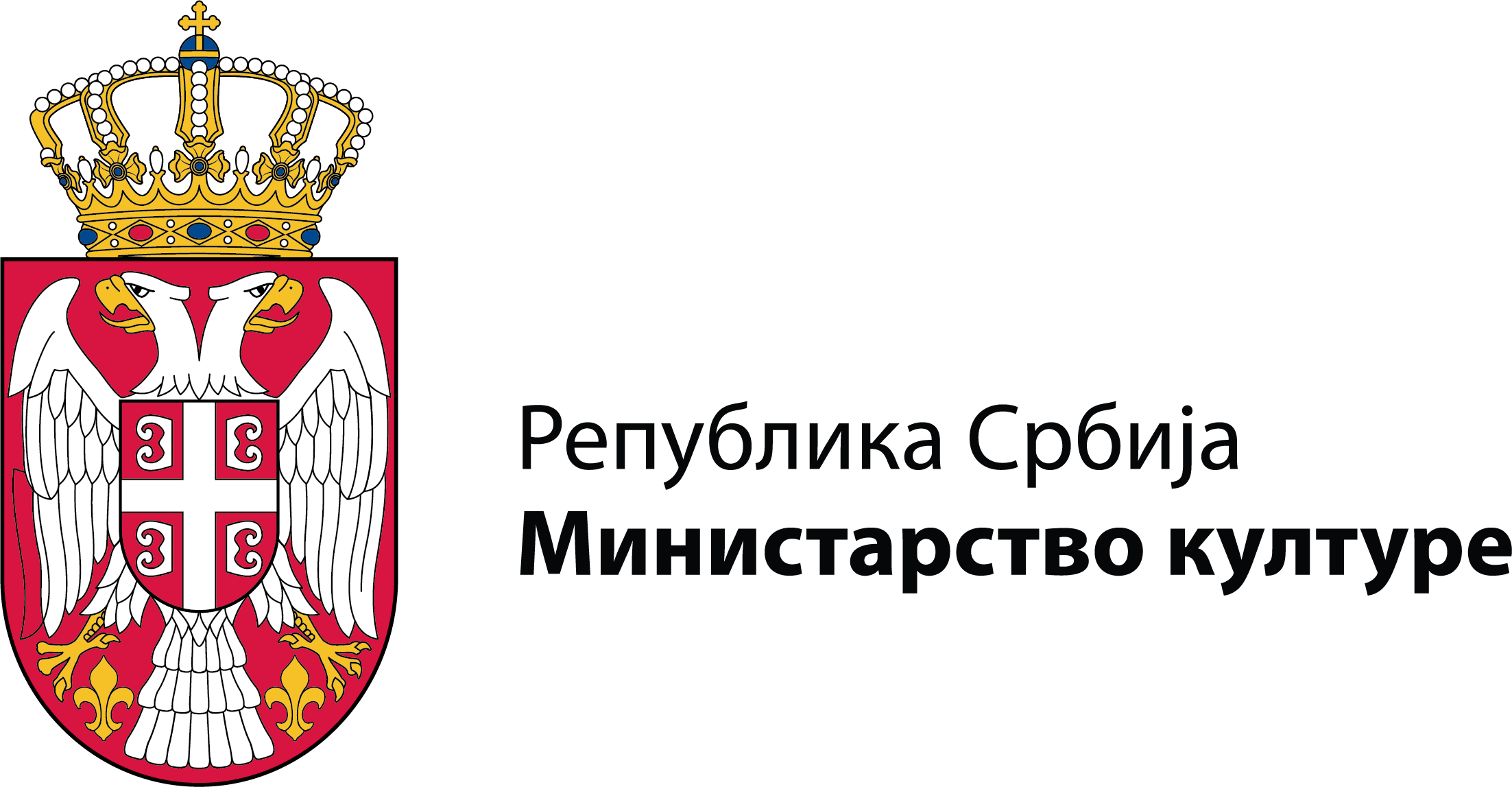Dolama
Inv. No. 8942
The displayed dolama (an upper garment similar to a coat) is decorated along the edges and across the chest with ornamental braids (širiti), giving it an almost military appearance. It belonged to Bogdan Đorđević, a courier. Bogdan rode from Constantinople to Kragujevac with a copy of the ferman (a sultan's decree) and completed the journey in five days to deliver the 1830 Hatt-i Sharif, which proclaimed Serbia a Principality (a journey of that distance typically took between ten and fifteen days). For his efforts, he was awarded 500 ducats by Prince Miloš and given a red ceremonial dolama as a gift. During Prince Miloš’s reign, garments were often given as honors and decorations.
Paraćin, Pomoravlje District
Early 19th century
Fez hat
Inv. No. 37584
The displayed fez (cap) belonged to Bogdan Đorđević, a courier. This type of tall fez is also depicted in a portrait of Prince Miloš, created during his enthronement before the Sultan in Constantinople in 1835.
Paraćin, Moravica District, central Serbia
Early 19th century
Anterija
Inv. No. 8933
Dress with a deep neckline, made of silk adorned with striped woven floral ornaments. The front panels overlap and fasten with small buttons. The lining bore the inscription “a gift from Mrs. Tomanija.” Tomanija (1796–1881) was the wife of Jevrem Obrenović, the brother of Prince Miloš Obrenović.
Belgrade
First half of the 19th century
Libade
Inv. No. 50315
Short women's outer garment. On both the left and right inner sides, there is a sewn-in pocket, each decorated with the embroidered year of creation and a stylized cross symbol. The libade was worn on formal occasions and was an integral part of Serbian urban attire. The displayed piece belonged to the female members of the family of Vojvoda Stepa Stepanović (Serbian military commander, 1874–1919).
Belgrade
1878
Džube
Inv. No. 6023
Oriental-style dress made of broadcloth. It is adorned with embroidered silver metallic thread. The displayed piece is part of the legacy of the Belgrade Women’s Society (the first Serbian women’s association, active in educational and humanitarian work from 1875 to 1941).
Prizren, southern Kosovo
Early 20th century
Salta
Inv. No. 41405
Upper part of a woman’s traditional costume made of broadcloth, featuring long and wide sleeves, decorated along the edges and the back. The exhibited piece was crafted in tailor workshops (terzije) in Mrkonjić Grad (central Bosnia).
Banja Luka, Bosnia and Herzegovina
Late 19th century
Parasol
Inv. No. 50248
Folding parasol inspired by Chinese-style sunshades, featuring a gently sloped canopy. The item belonged to Darinka Vasić, later Garić (b. 1901). Darinka used to carry the parasol as a young woman while attending the 3rd Girls' Gymnasium in Belgrade.
Belgrade
Early 20th century
Dress
Inv. No. 50219
Made of silk with a printed pattern in shades of blue and green, this women's summer formal dress features gathered sleeves and an “Italian neckline” (a gently curved horizontal boat neckline). The dress falls below the knee and includes a matching belt made from the same fabric. It was worn on special occasions.
Second half of the 20th century
Men's coat
Inv. No. 48984
A knee-length coat made of black broadcloth, tailored in a straight cut, with wide pointed lapels. It is double-breasted with three buttons. The coat belonged to Dr. Sava Lazović (1872–1939), a military physician. Its design and style reflect the elegance and seriousness associated with the medical profession in the early 20th century.
Belgrade
1900–1910
Women's shoes
Inv. No. 5292
Made of soft white leather with a sole. The leather is decorated with embroidery. They are fastened with three clasps and three white buttons. The shoes were made in Paris and purchased in Belgrade in 1911. The shoes were worn by Desa Milojević during her wedding in Aleksinac in 1911. Desa Milojević was the mother of Dobrila Milojević Radović, a curator at the Ethnographic Museum in Belgrade.
Aleksinac, Nišava District, Southern Serbia
1911

